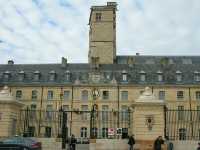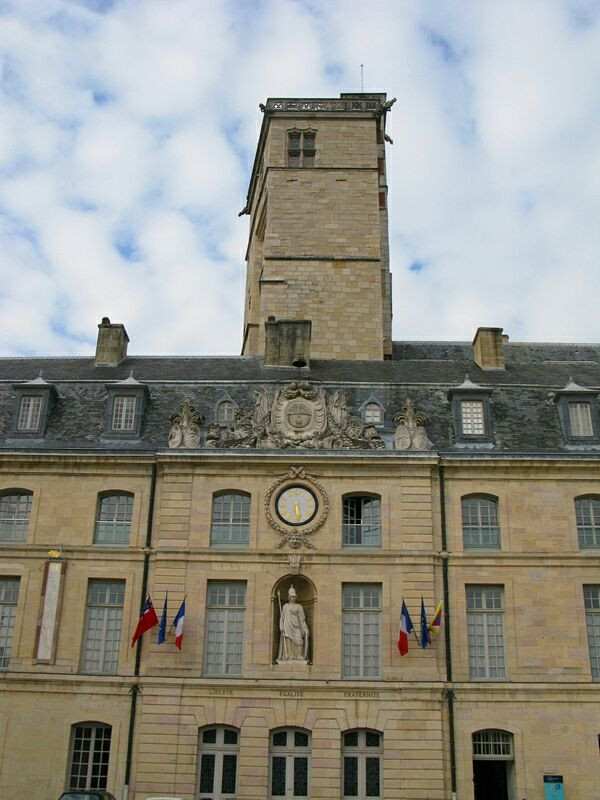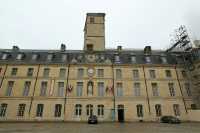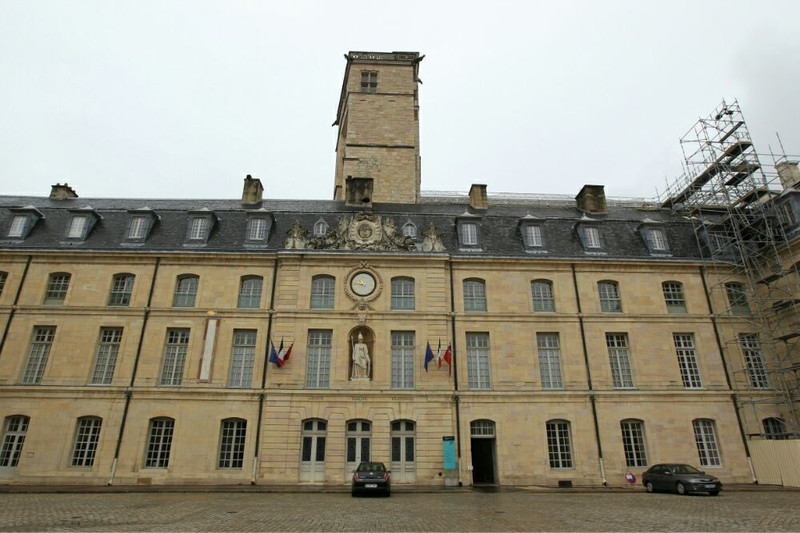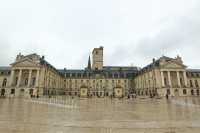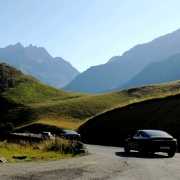The Duke Palace of Burgundy is the largest and most famous building in the area. It has a history of more than 400 years. It is a mansion of royalty and nobles. The exterior looks very atmospheric and the interior is very luxurious. It is now a museum, you can go in and visit, it is worth a visit.
Palace of the Dukes and States of Burgundy Review
4.4 /546 Reviews
Recommended Attractions at Popular Destinations
Bangkok attraction near me | Tokyo attraction near me | Manila attraction near me | Hong Kong attraction near me | Taipei attraction near me | Seoul attraction near me | Los Angeles attraction near me | New York attraction near me | Shanghai attraction near me | Kuala Lumpur attraction near me | Shenzhen attraction near me | Osaka attraction near me | Singapore attraction near me | London attraction near me | Guangzhou attraction near me | San Francisco attraction near me | Beijing attraction near me | Macau attraction near me | Bali attraction near me | Paris attraction near me | Ho Chi Minh City attraction near me | Orlando attraction near me | Jakarta attraction near me | Phuket attraction near me | Chicago attraction near me | Toronto attraction near me | Istanbul attraction near me | Dallas attraction near me | Cebu attraction near me | Seattle attraction near me
Popular Attractions
Kenyatta International Convention Centre | Lubbock Speedway | Vatican Museums | Baoquan Tourist Resort Area | Statue of Liberty | Calgary Tower | Swami koragajja temple mullugudde , shivapura | Heritage Park | Hong Kong Disneyland | Montréal Underground City | Lu Xun Park | Gulou | Silabao Hot Springs Resort | Mosque-Cathedral of Córdoba | Qipan Mountain | National Museum of Saudi Arabia | Portas da Cidade | FlyOver Canada | Philadelphia Museum of Art | Wicked Tulips Flower Farm | skate Park Bérat | Banti Falls | Spiaggia libera Belvedere Marittimo | Jet Boat Colorado | Omachi Park | Sunrise Bike Park | Aserradero de Cal Ambrós | Play Park | S. Donato e S. Biagio | Masjid Al Hikmah
Payment Methods
Our Partners
Copyright © 2024 Trip.com Travel Singapore Pte. Ltd. All rights reserved
Site Operator: Trip.com Travel Singapore Pte. Ltd.
Site Operator: Trip.com Travel Singapore Pte. Ltd.
